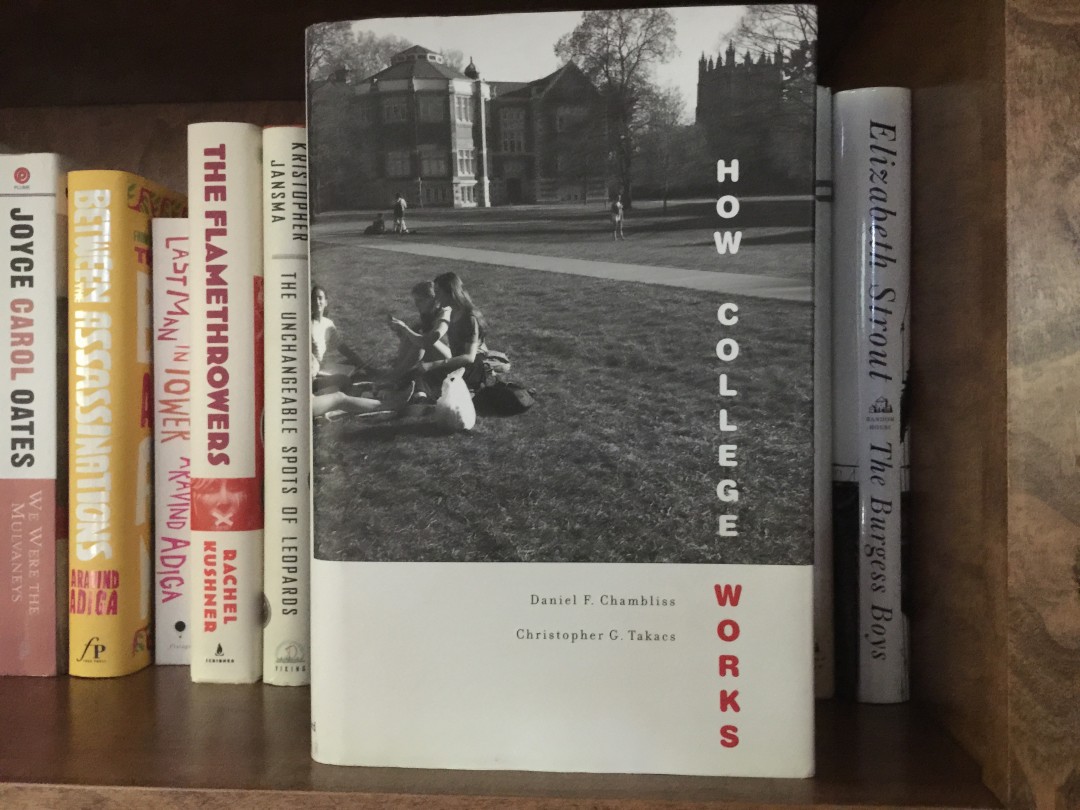Jake posted a photo of our french toast casserole Christmas morning and we had requests for the recipe, which takes more than Twitter’s 140 characters. We were introduced to this sugar and carb extravaganza courtesy of Jake’s pre-K best friend, Carly, and her mom, Annie, so we give thanks to them for providing us with this family tradition.
The photo @jakeow posted, above, is 2x the recipe below. We like to cook it in our Turkey roasting pan, which also gives me a really good excuse for not cooking Christmas dinner. #WorkingMomHack (I make this the night before, so we just put it in the oven Christmas morning.)
1 loaf sourdough bread (or 1.5 baguettes, if you like it with more crust, like we do)
8 oz cream cheese
2 1/2 cups of half and half
8 eggs
1 cup maple syrup (real syrup)
1 tsp cinnamon
1/2 cup unsalted butter
powdered sugar
- Place two layers of cubed bread, then a layer of sliced (or chunked) cream cheese, then cover with the remaining bread.
- Whisk together eggs, half and half, and 1/2 of the maple syrup.
- Pour the liquid over the bread to saturate the top layer evenly. Sprinkle with cinnamon.
- Bake for one hour at 350° or until the mixture puffs and sets.
- Melt the 1/2 cup of unsalted butter with the remaining 1/2 of the maple syrup. Drizzle the top of the casserole immediately before serving (shortly after it comes out of the oven). Sprinkle the top with sifted powdered sugar.
Not recommended pre-Overwatch game, for players or viewers. Excellent pre-nap meal. #OWL2018





